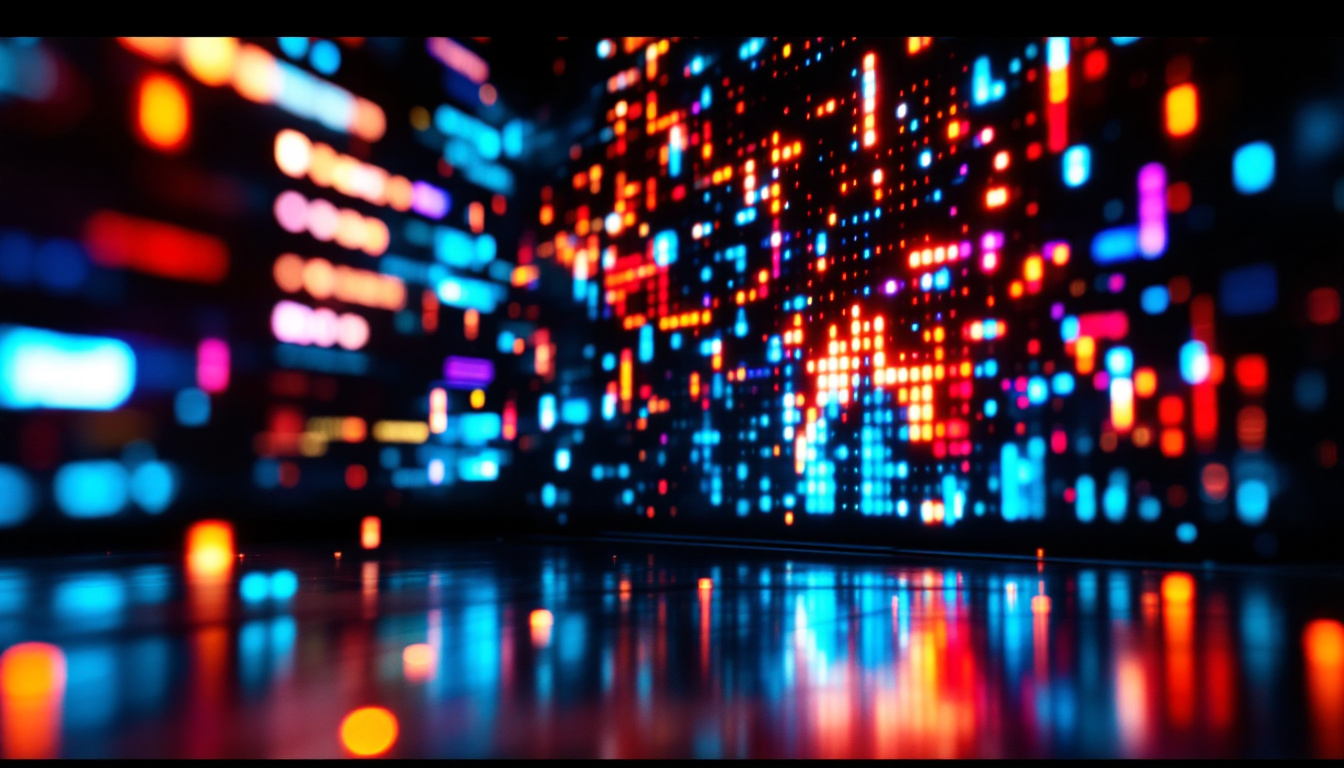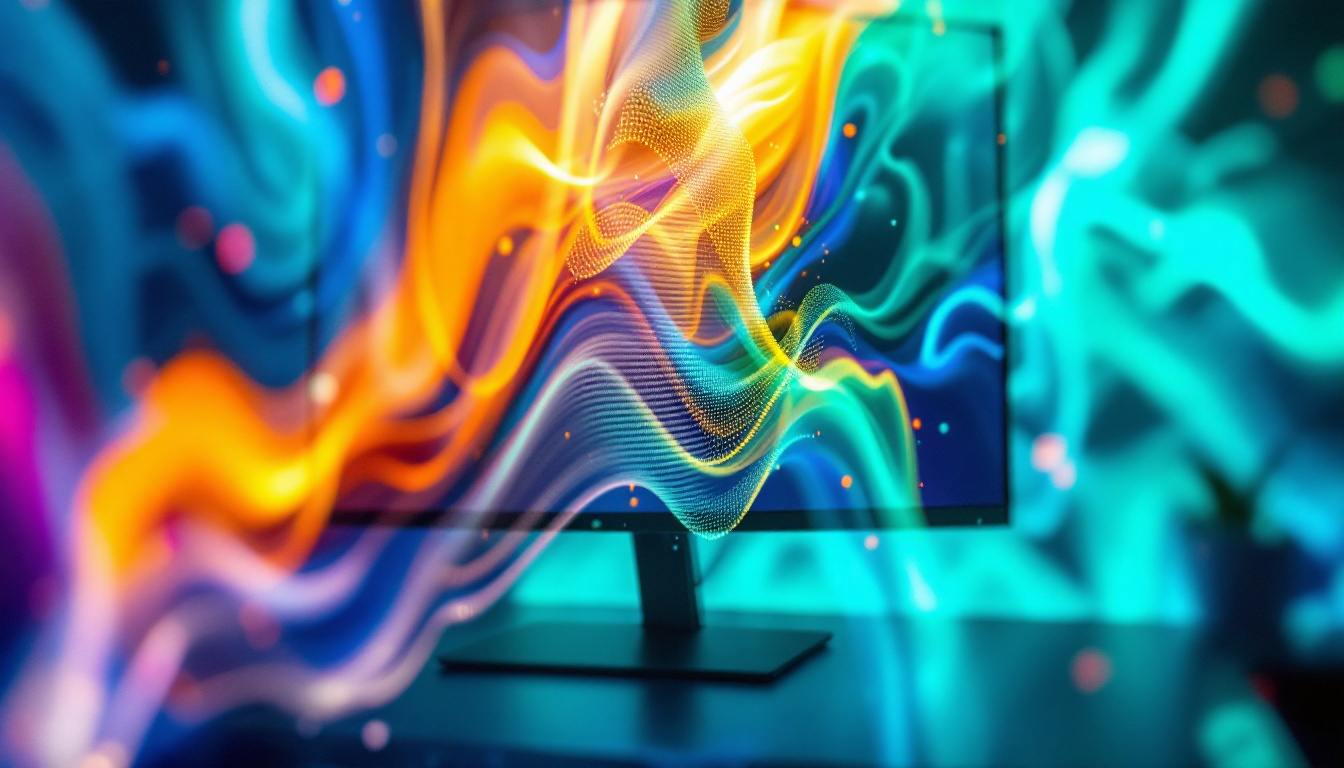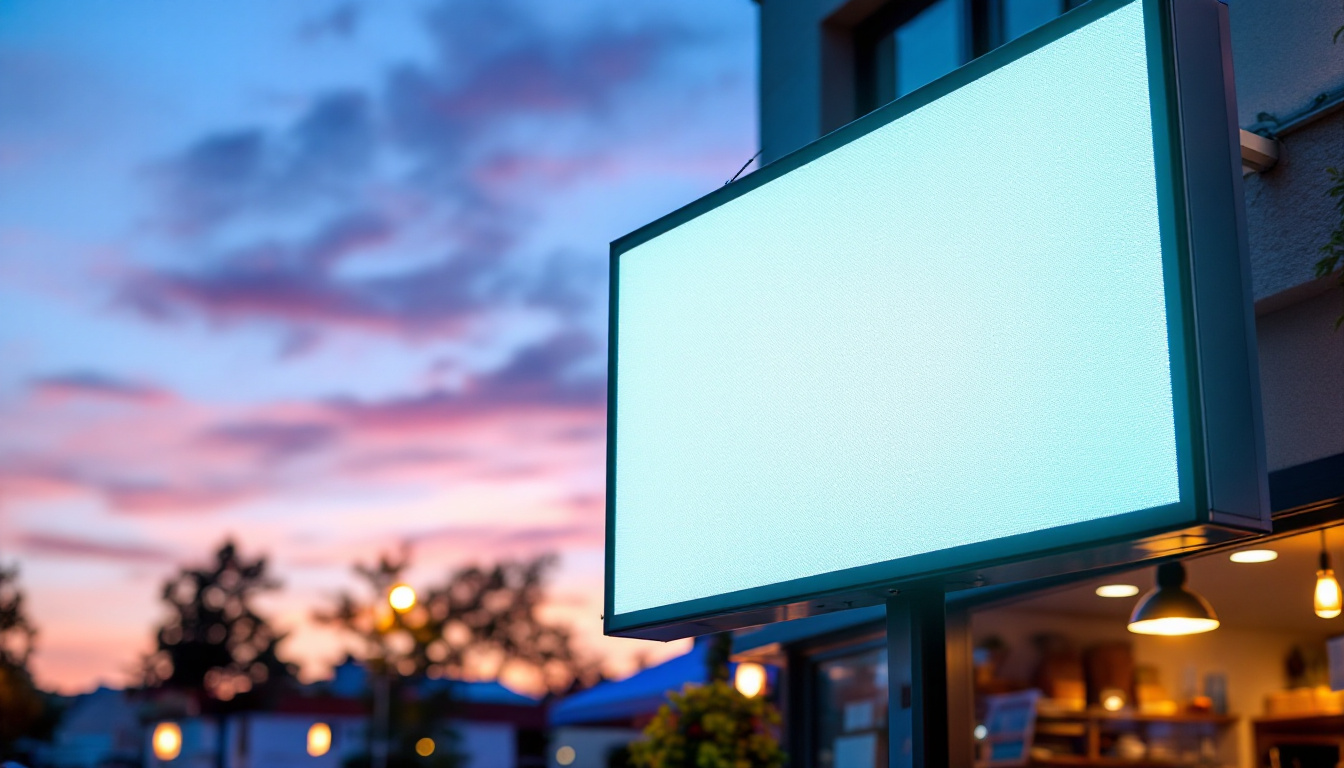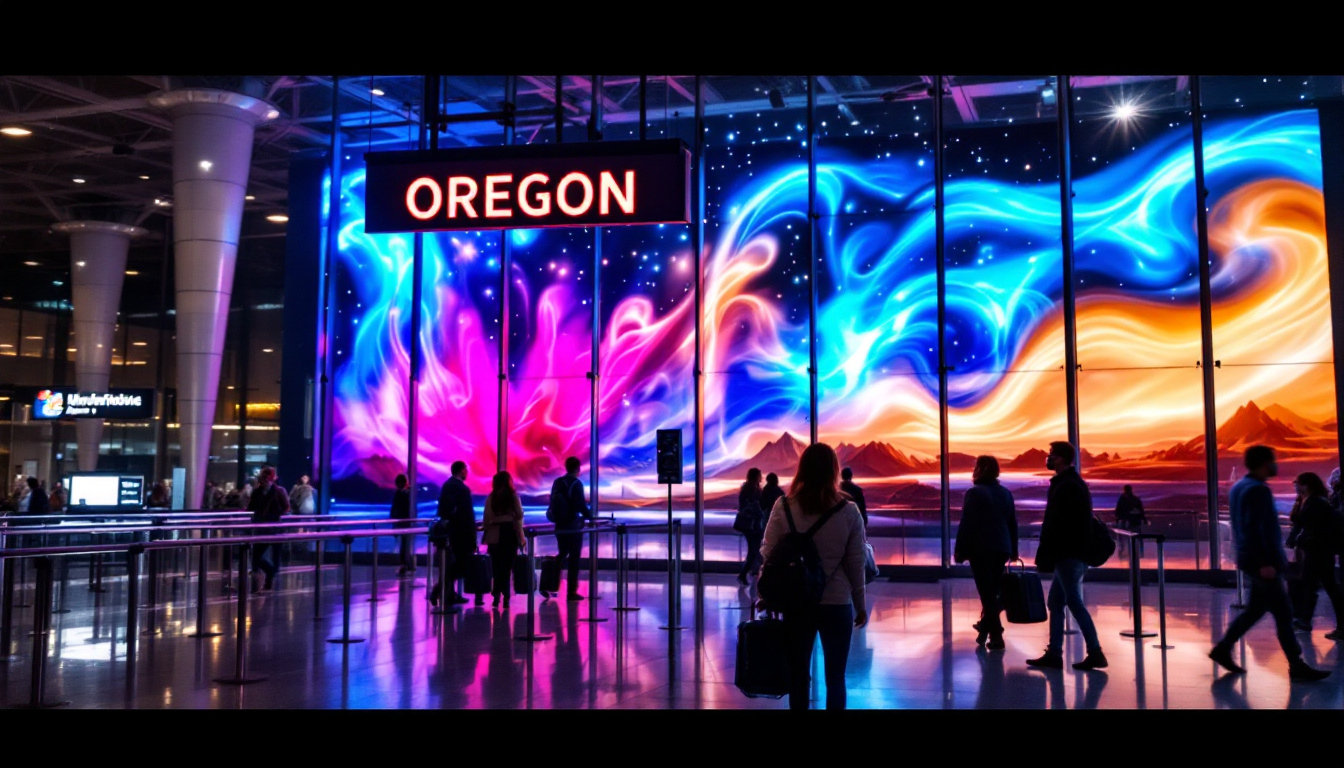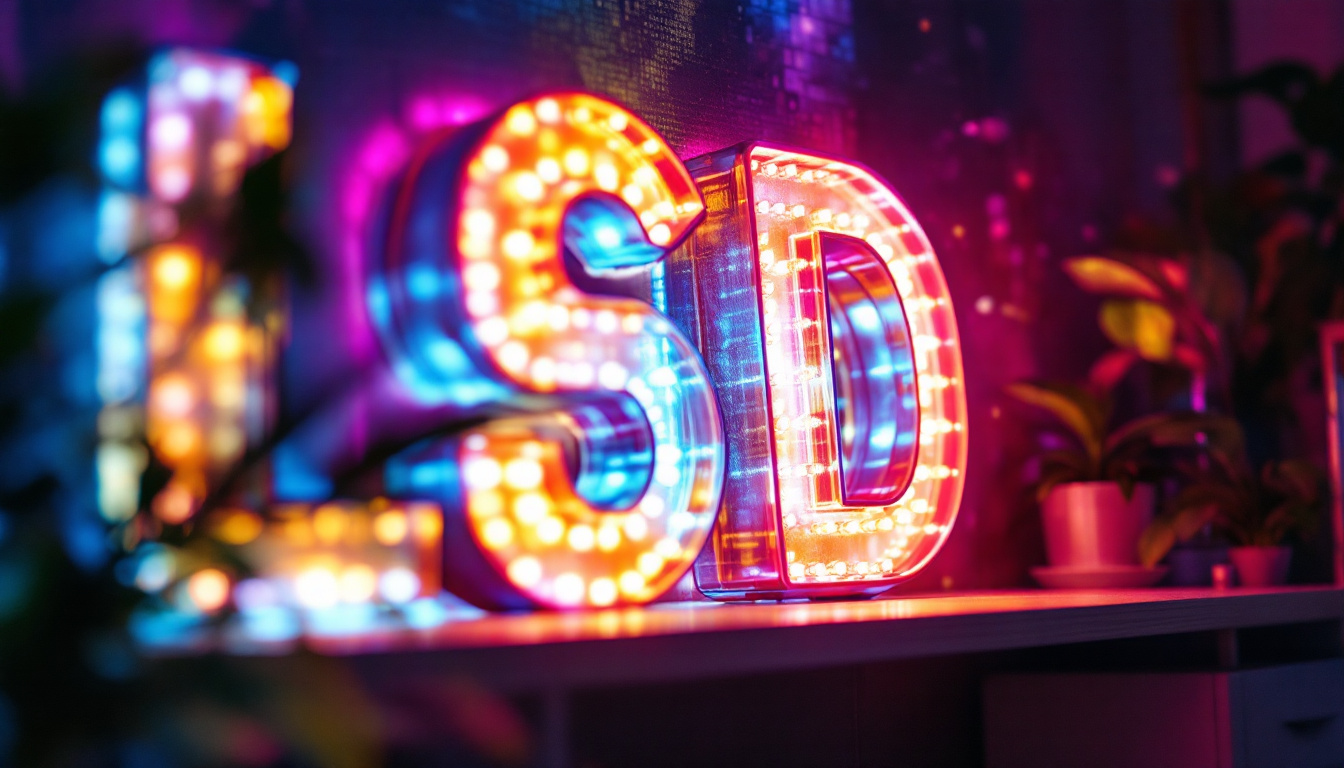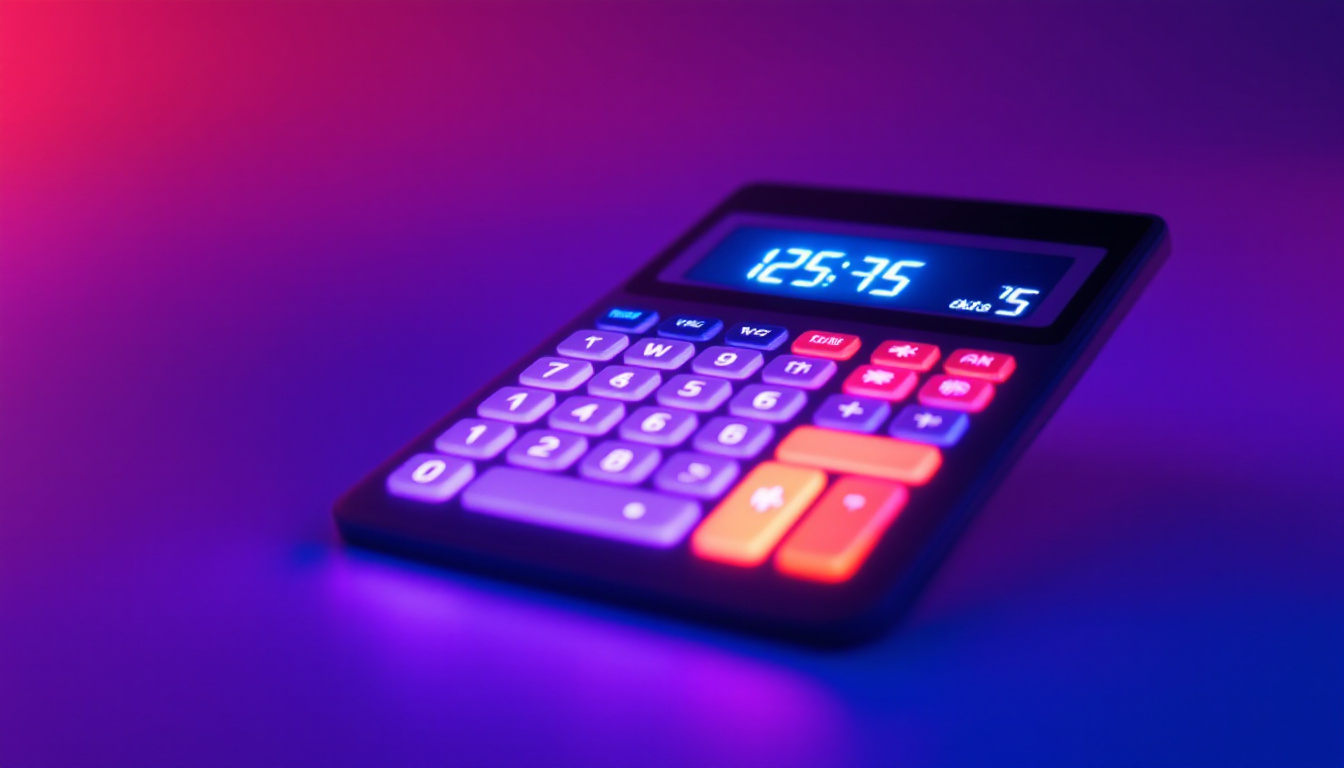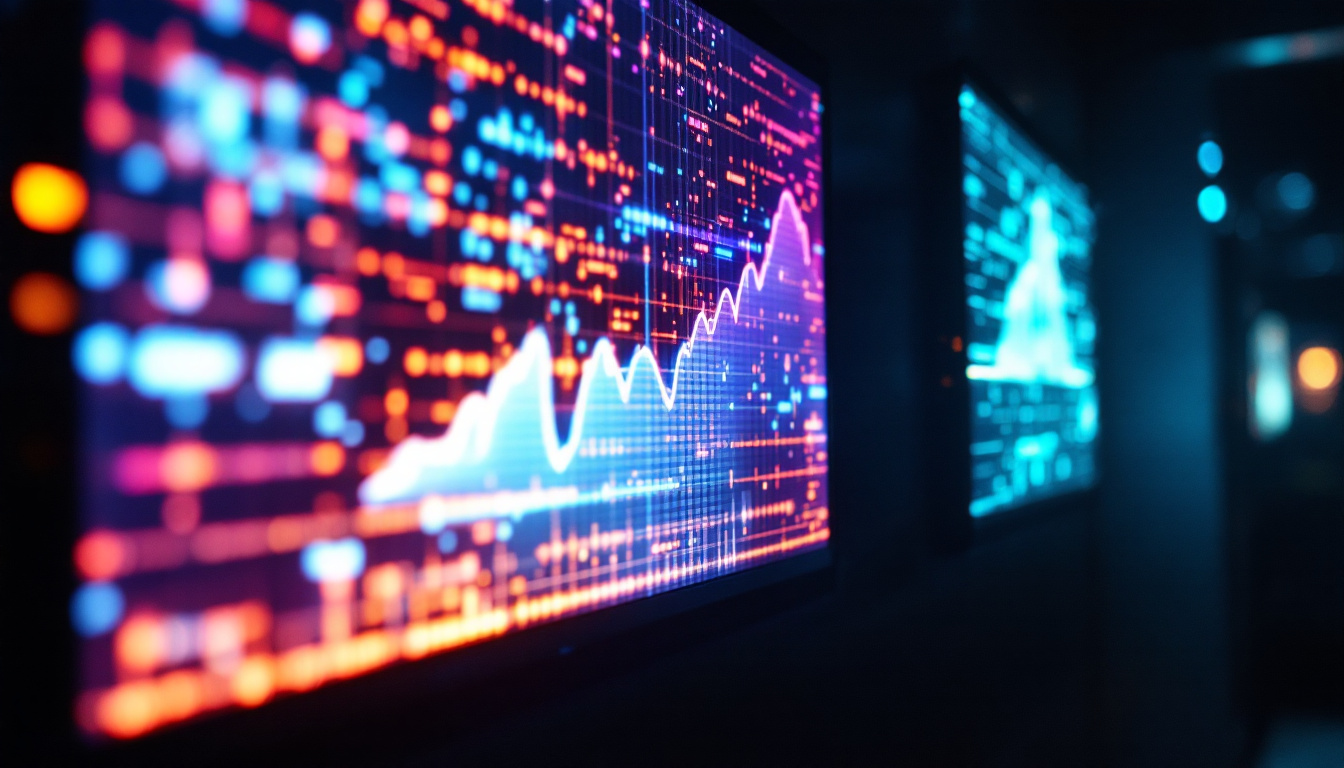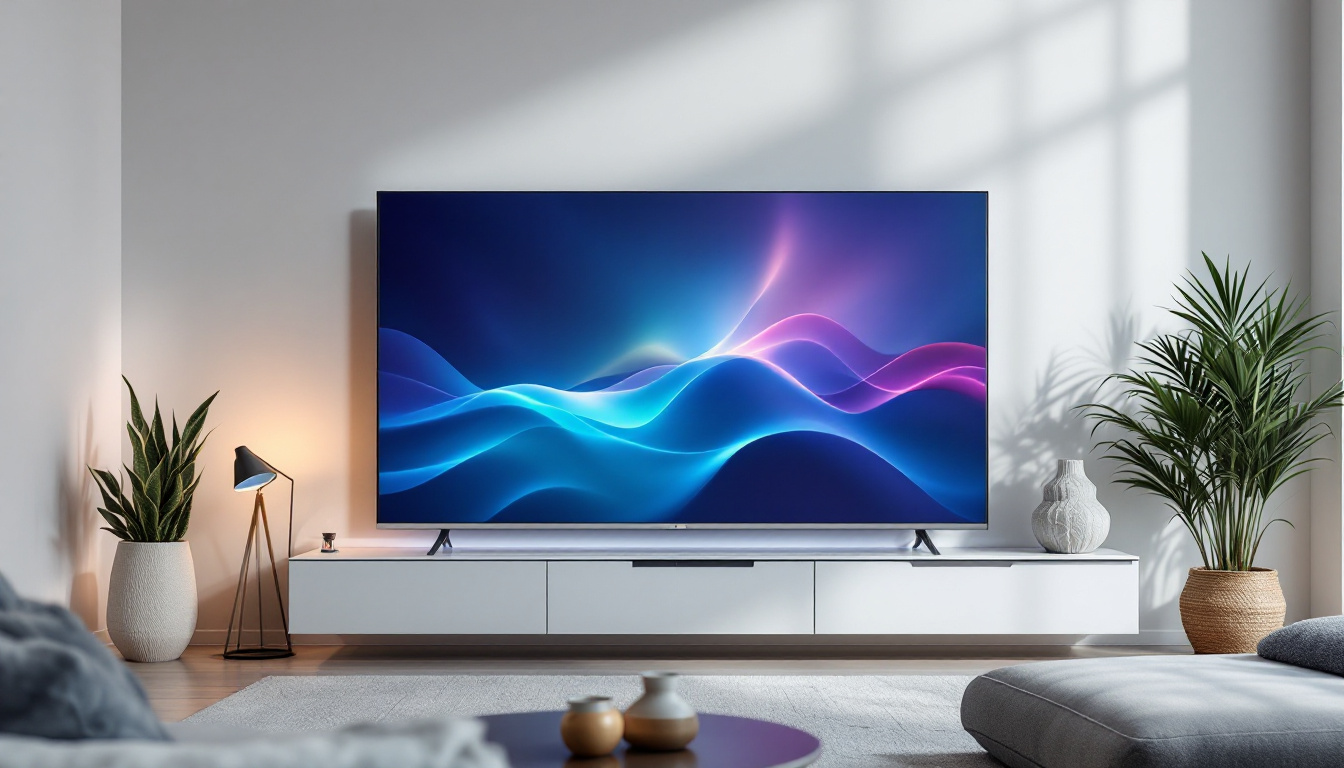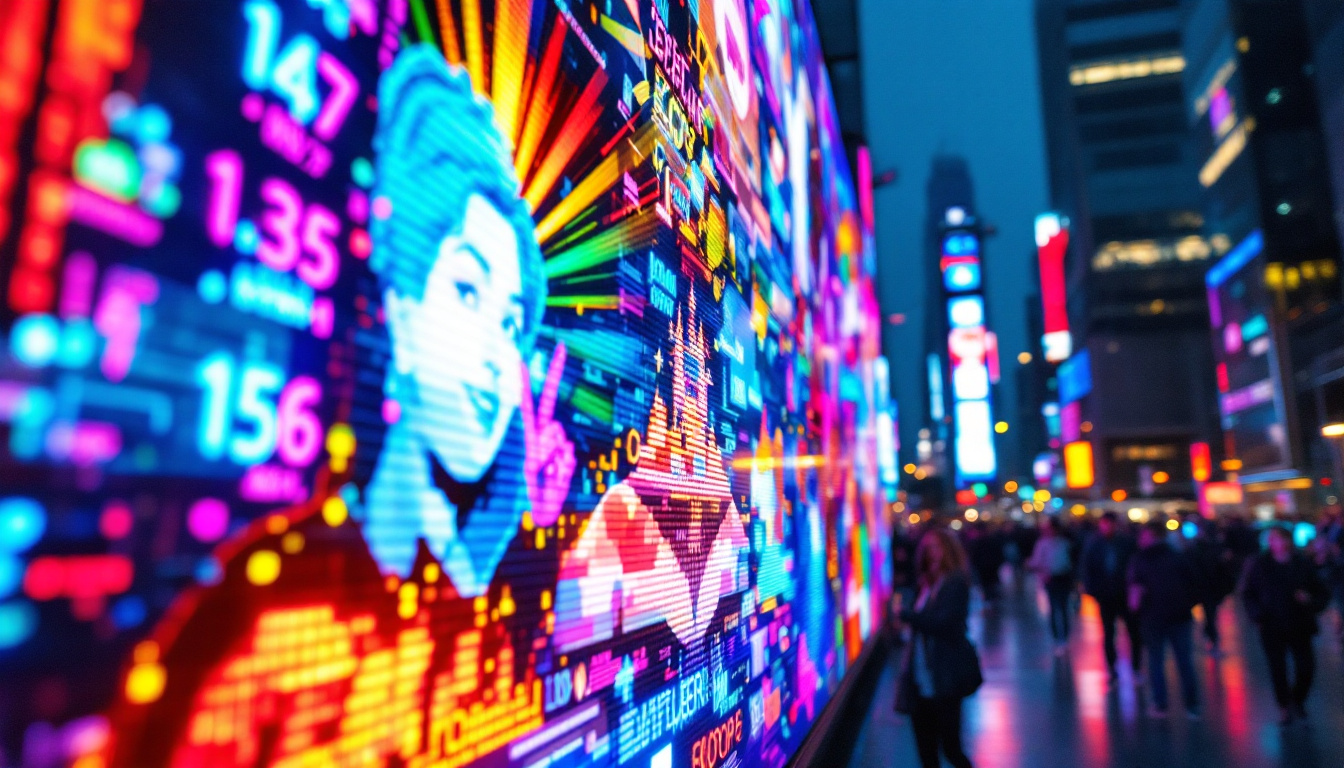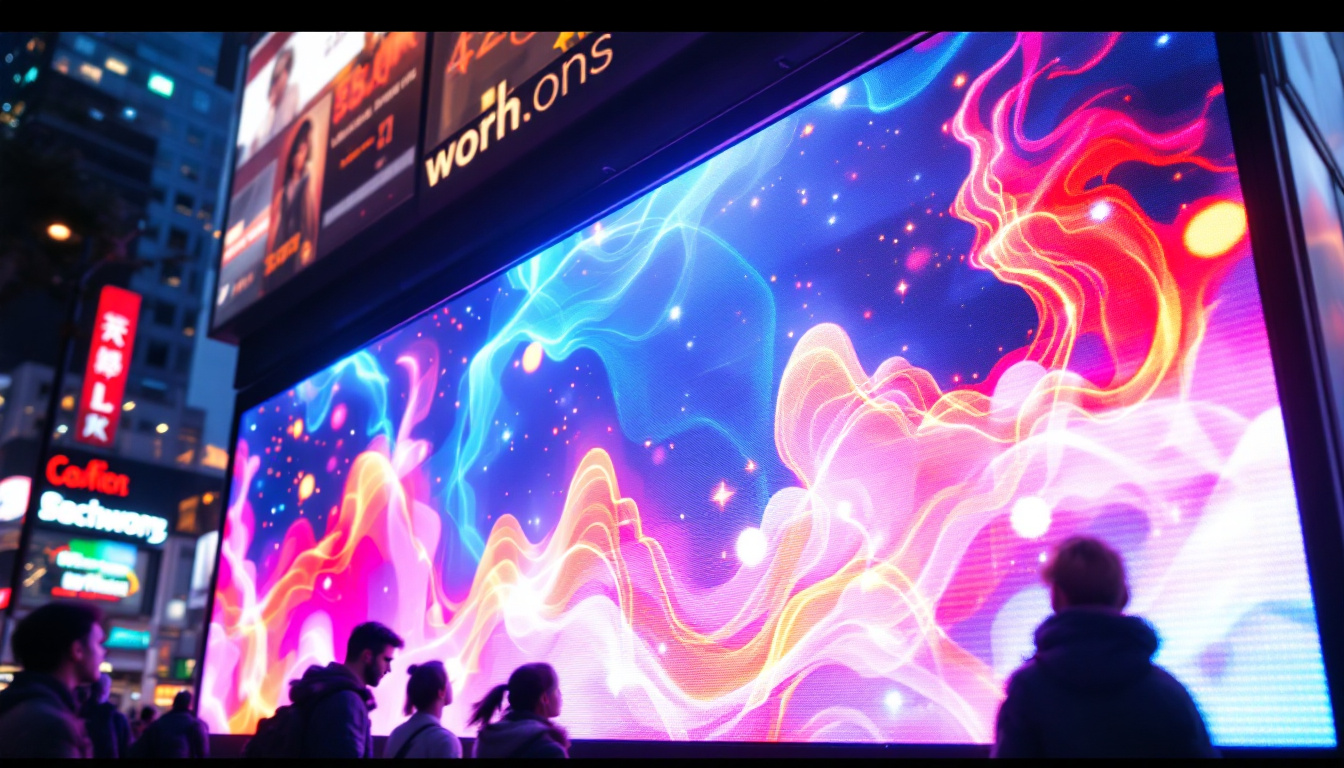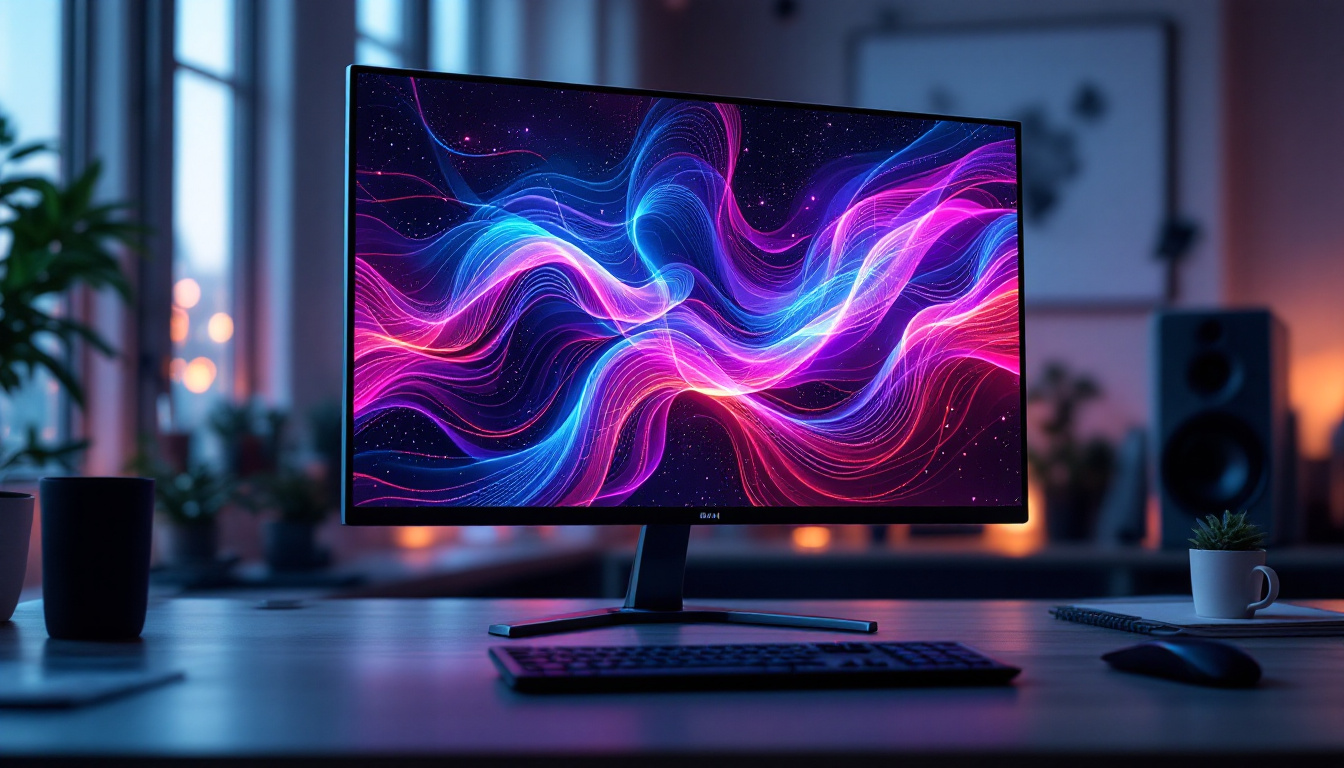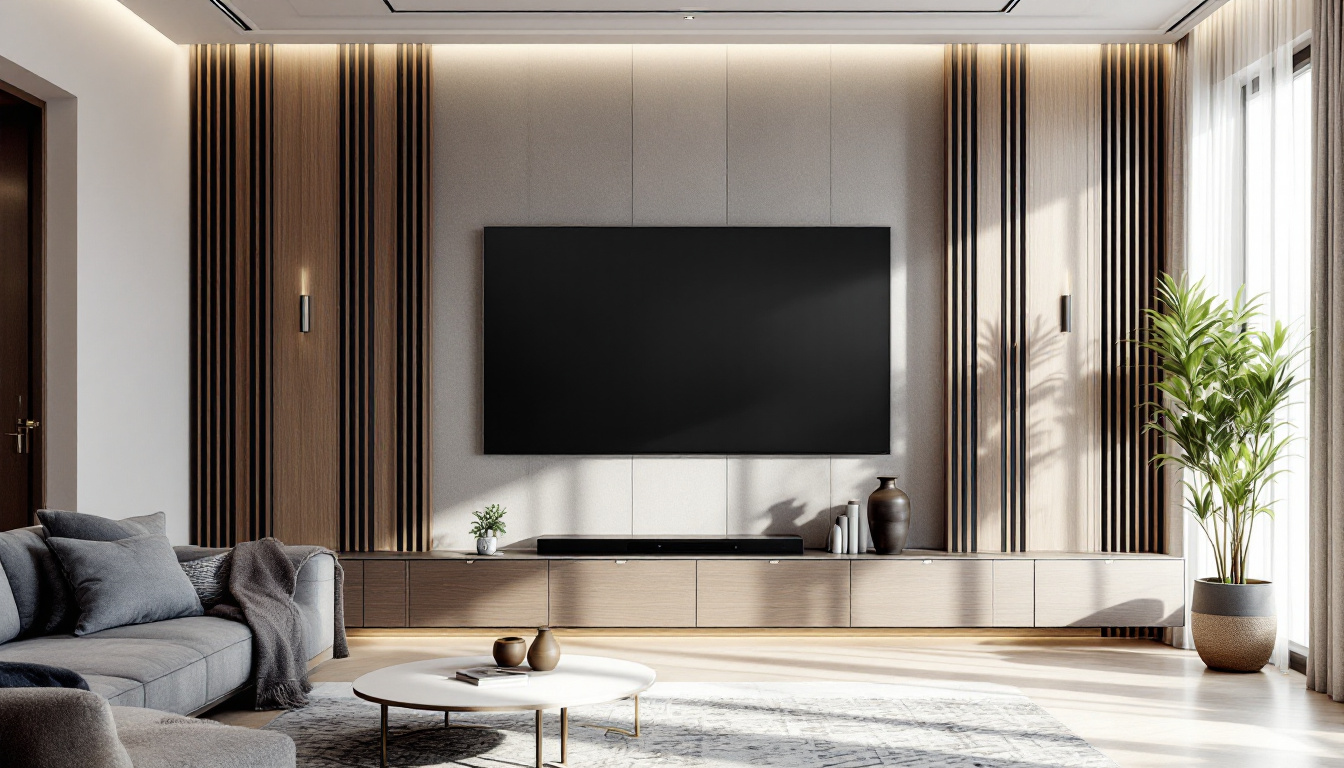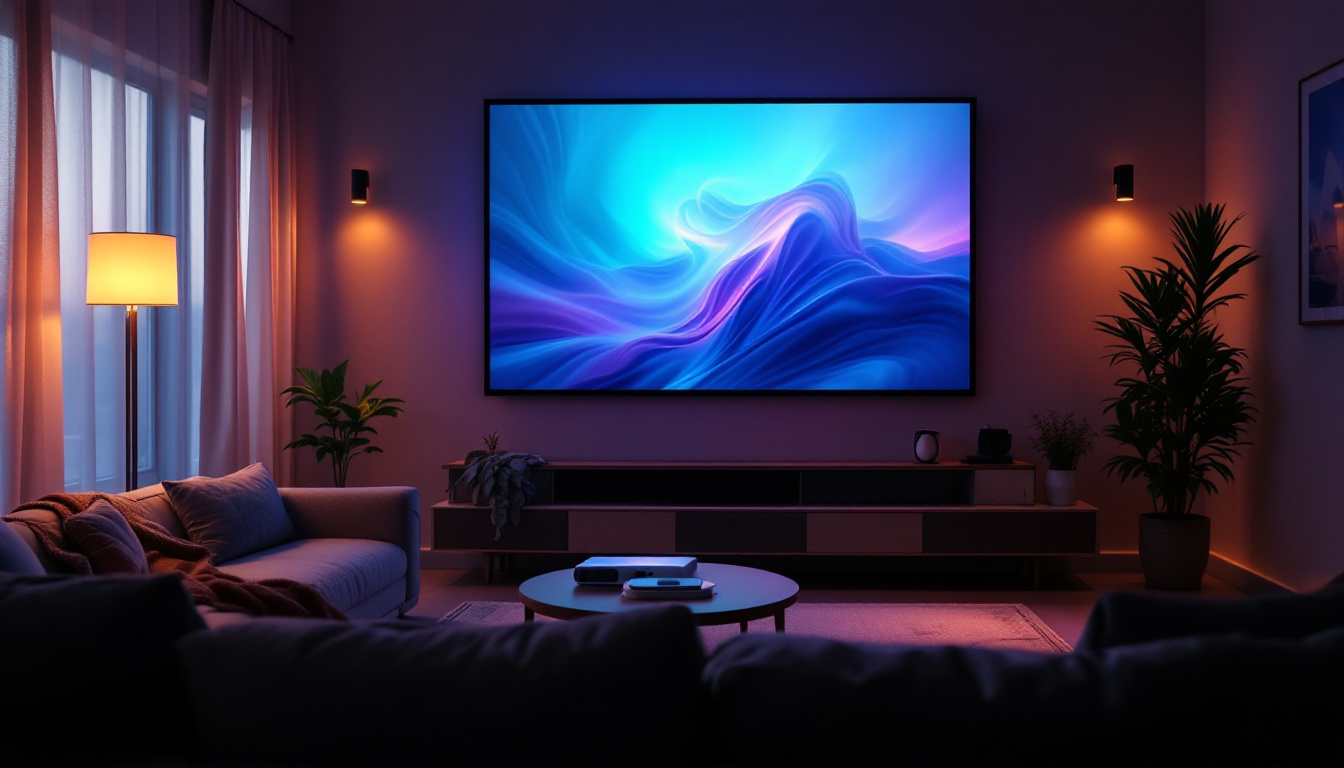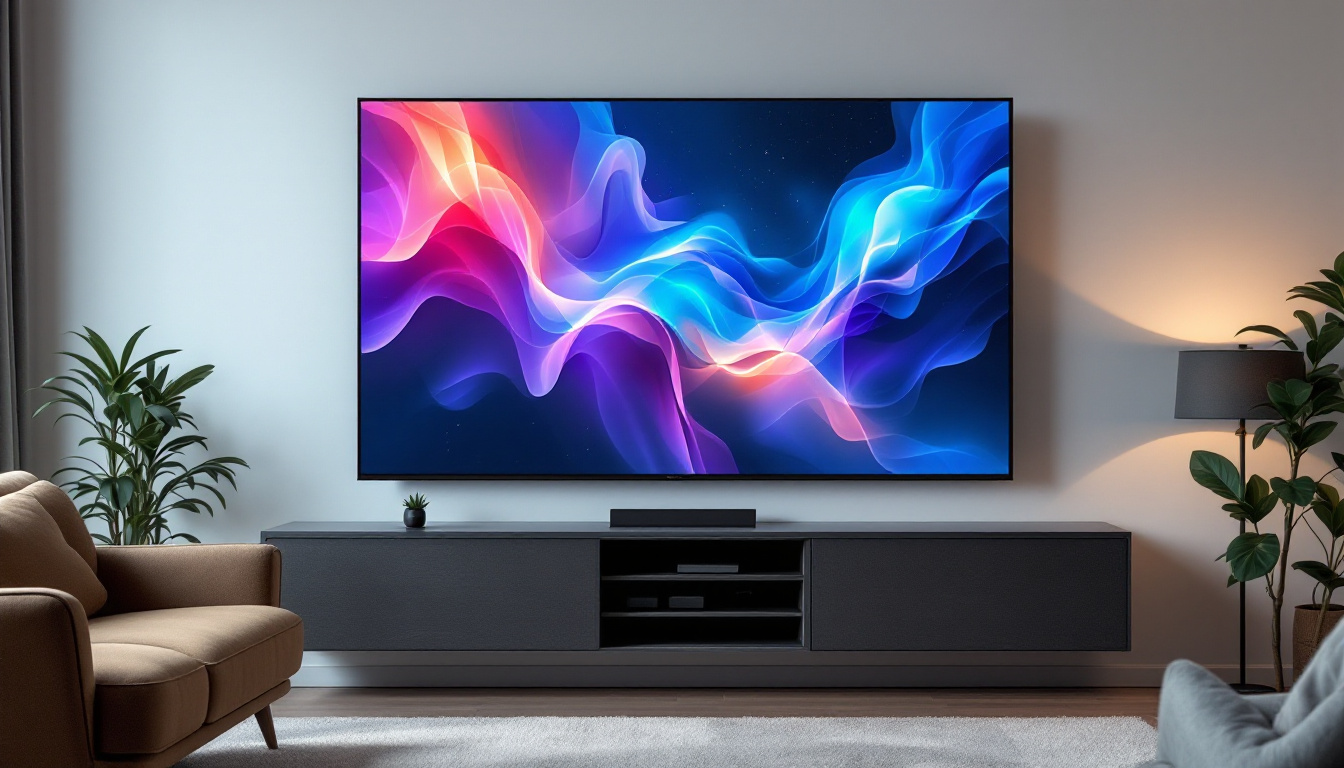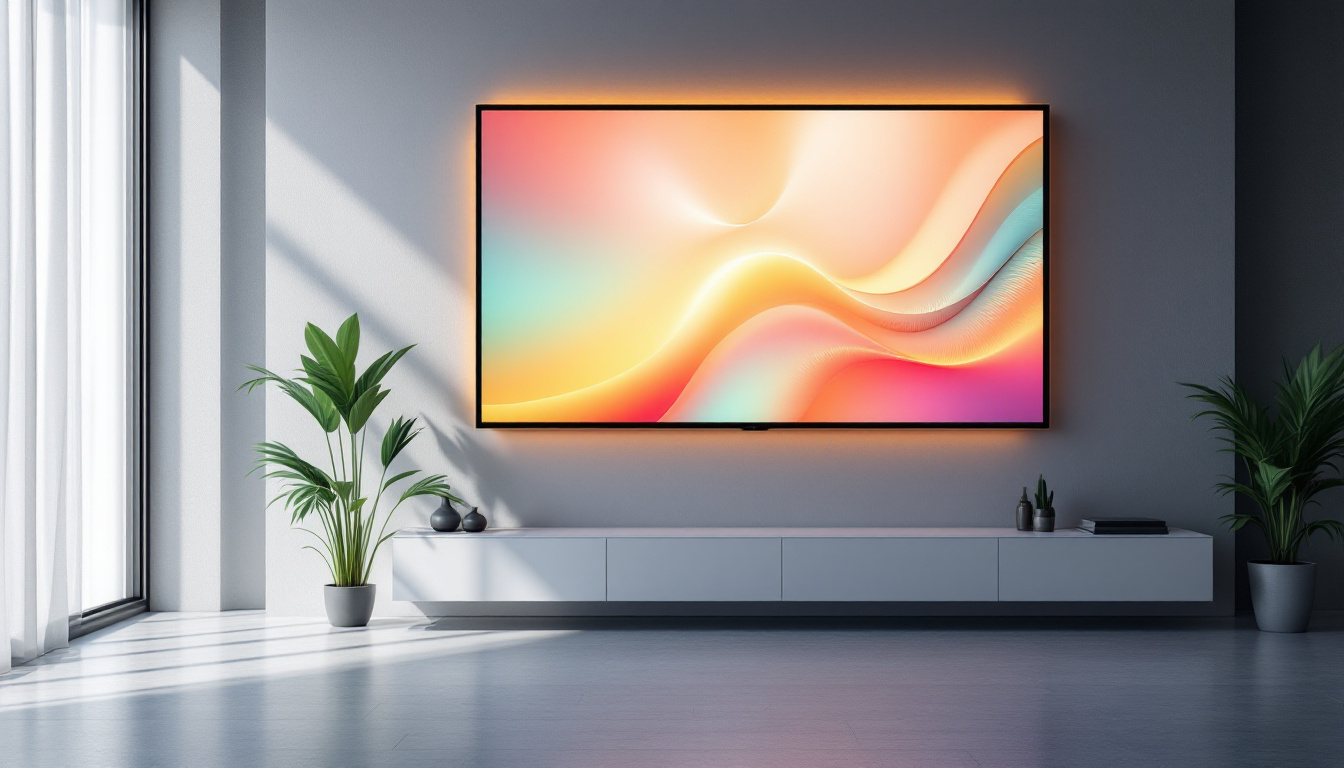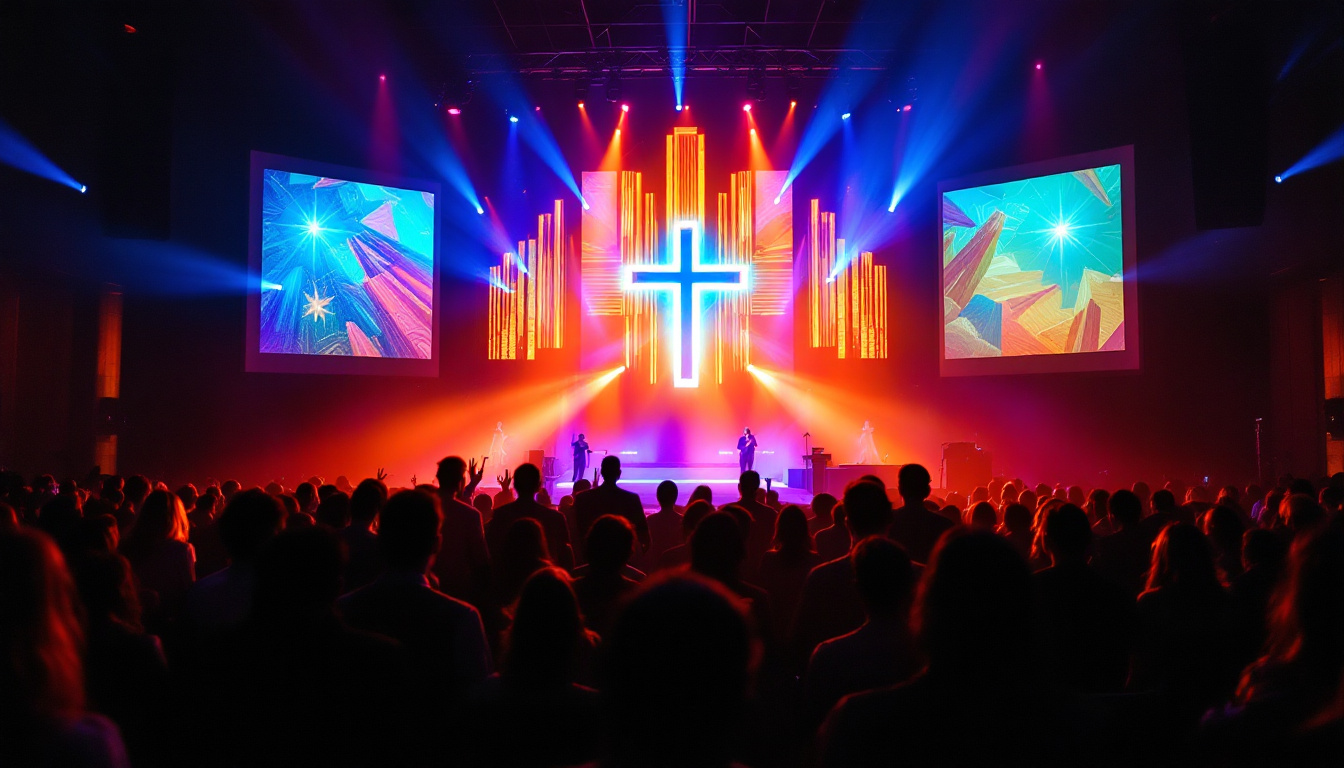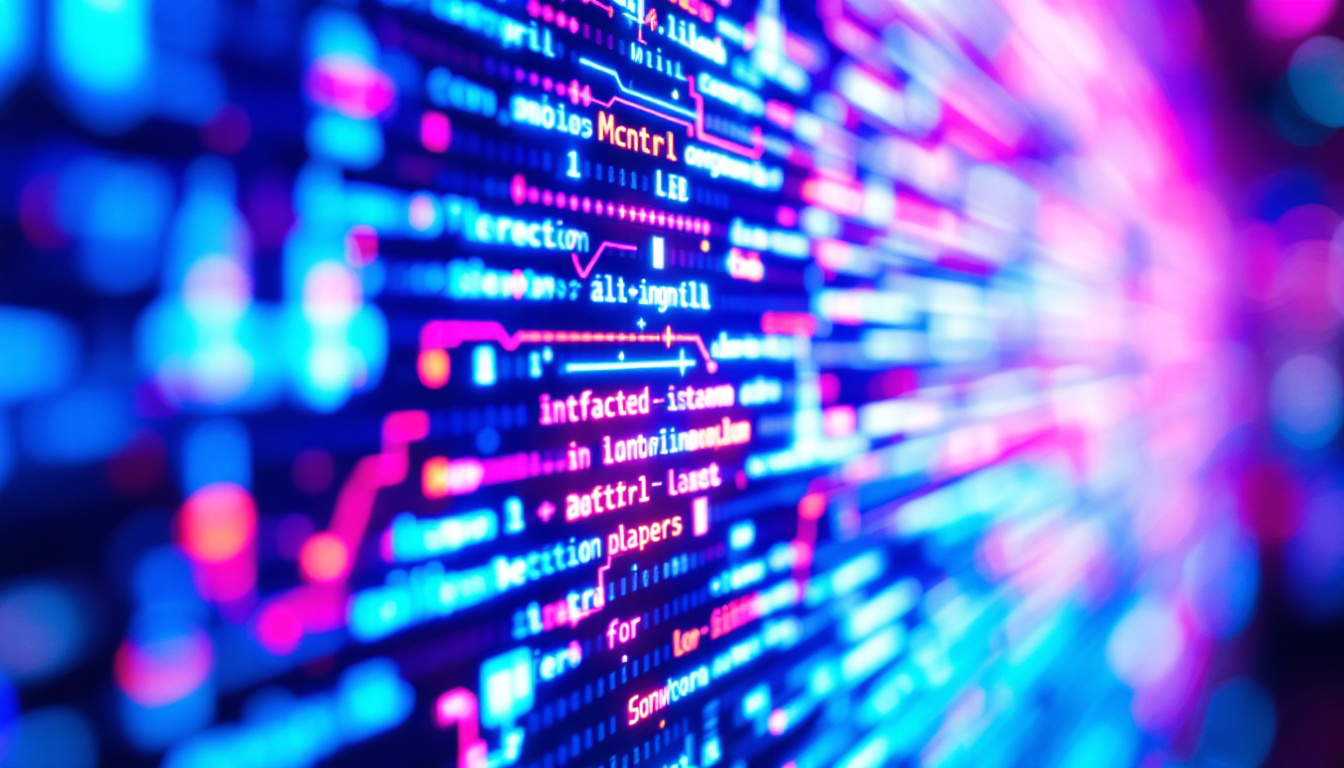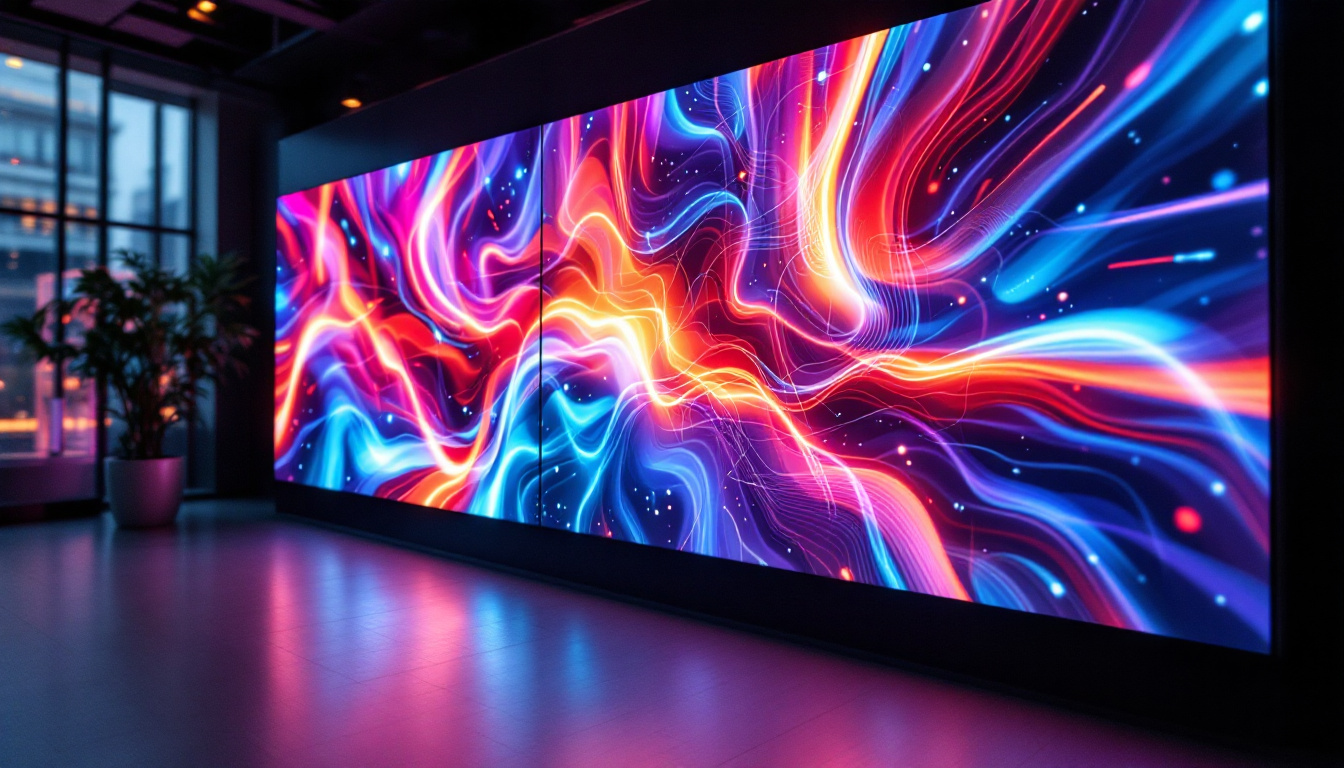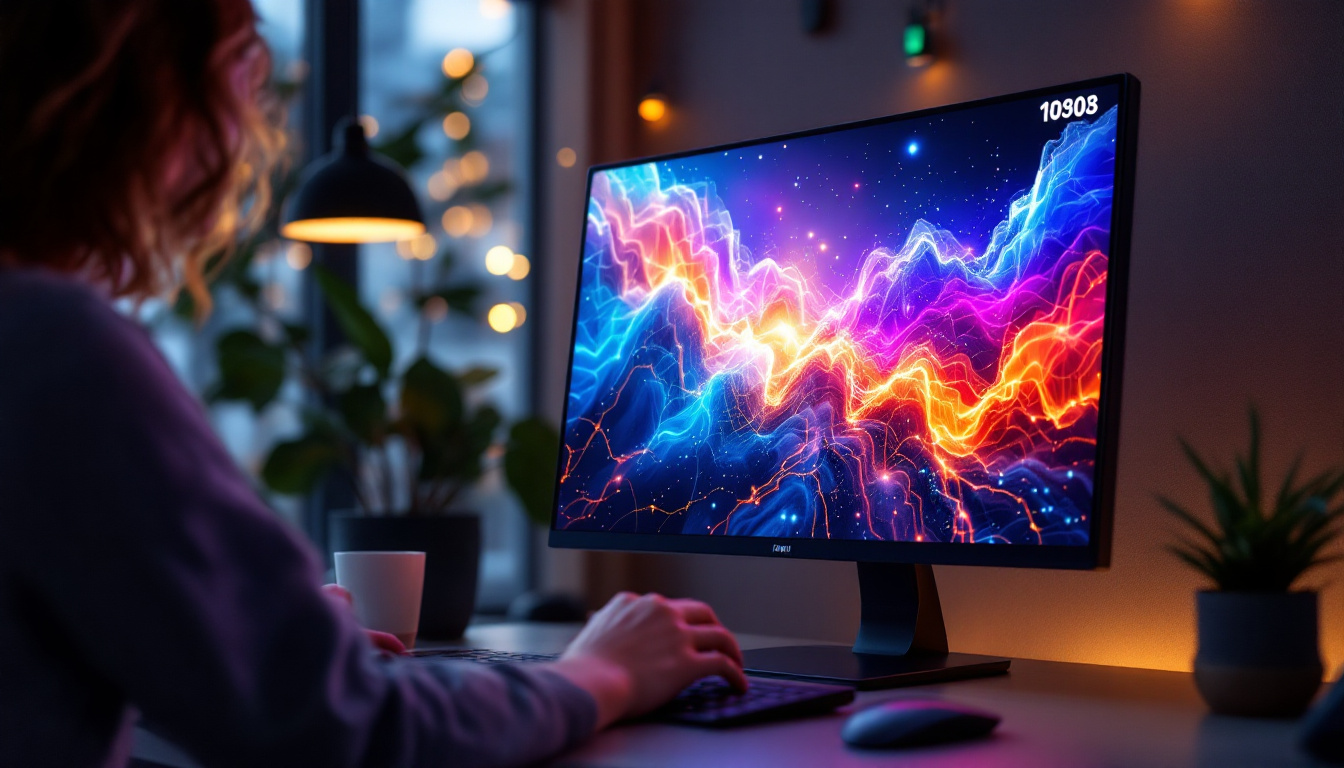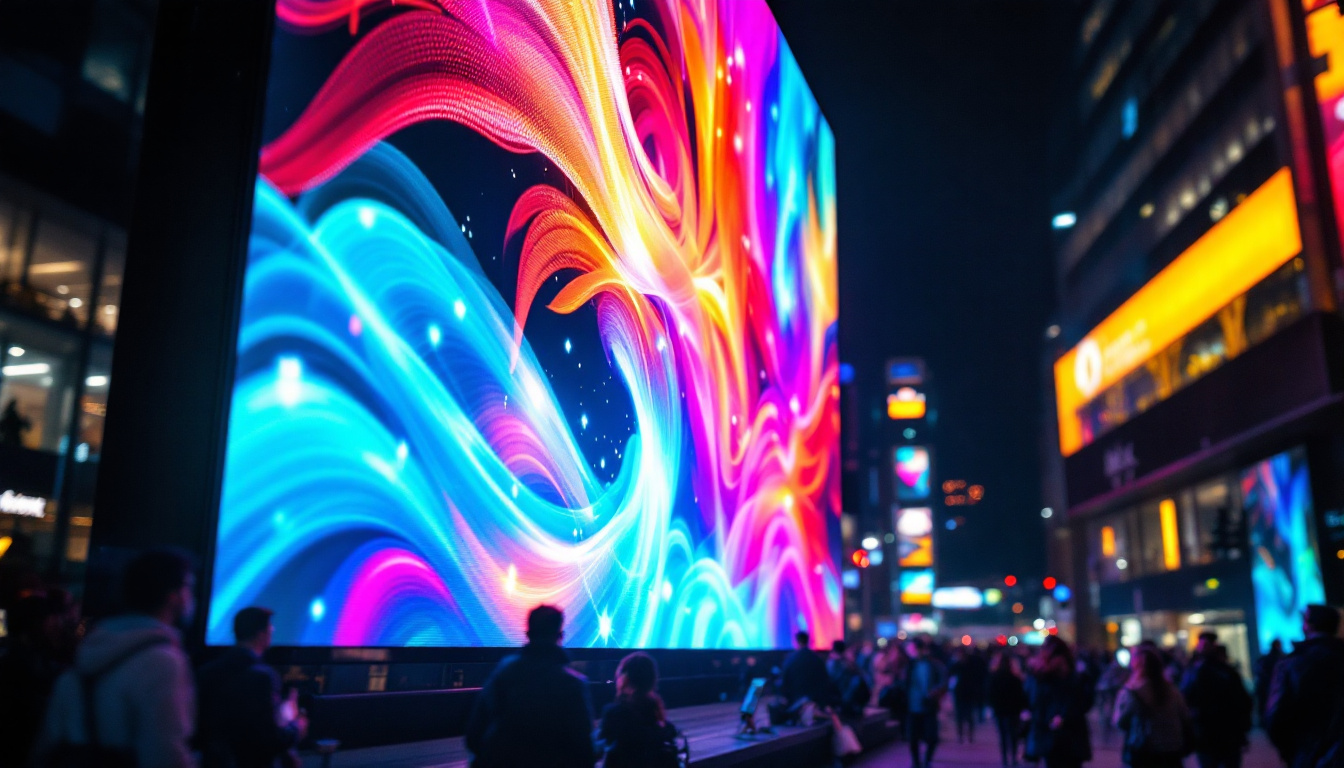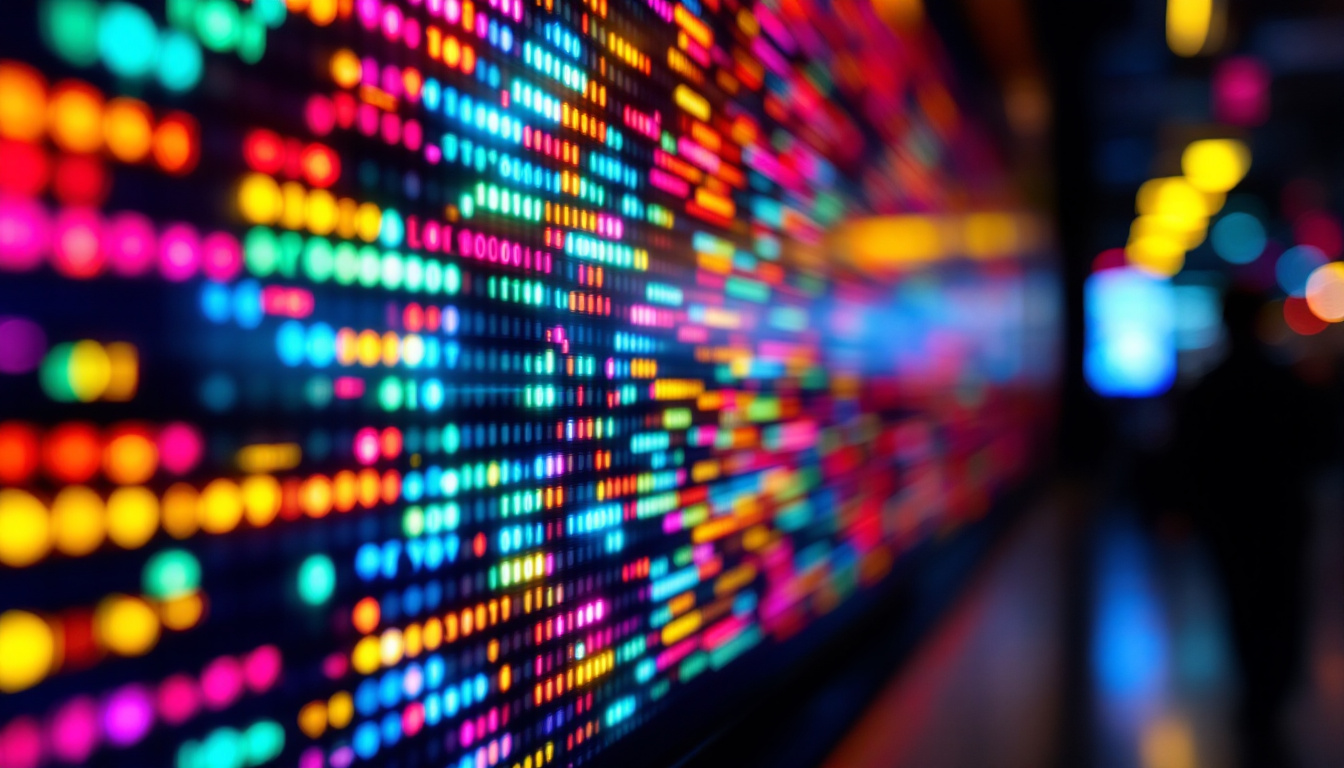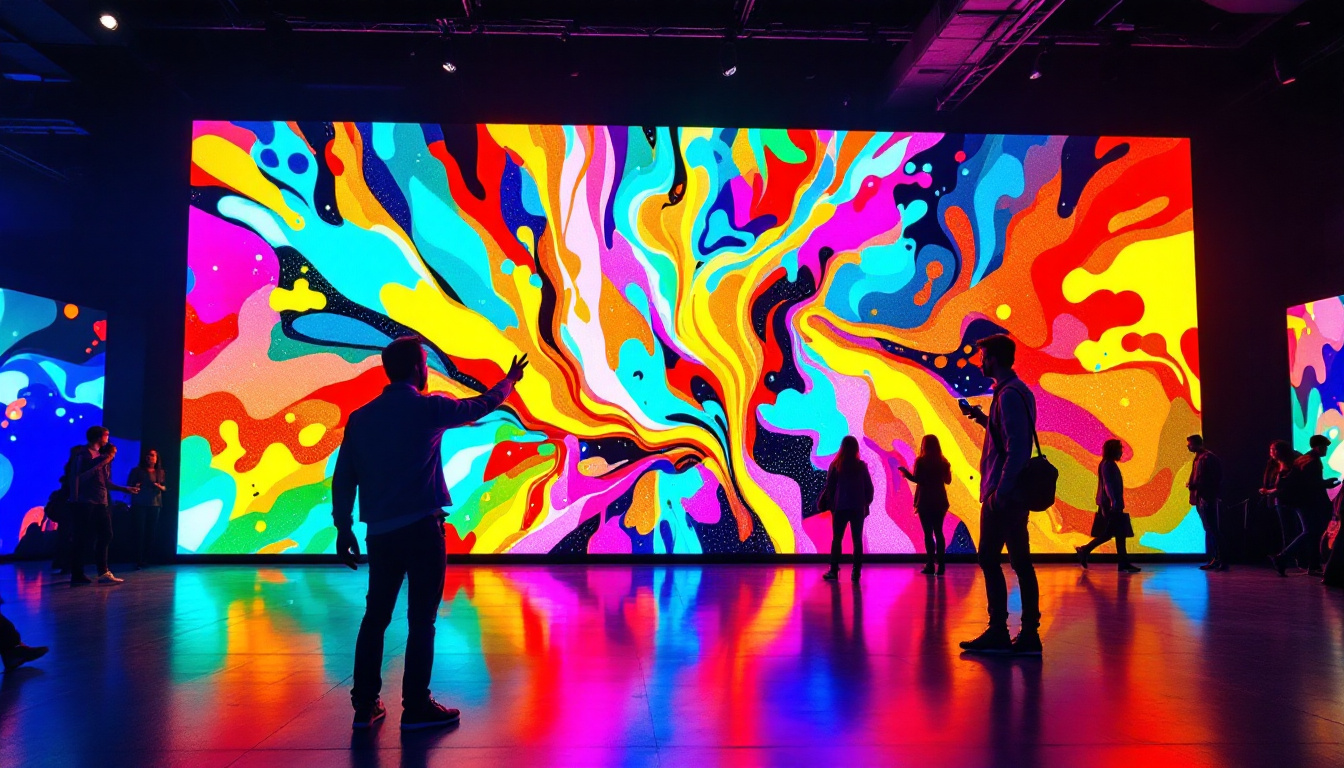In the age of digital communication, LED displays have become an integral part of our visual landscape. From massive billboards in bustling cities to smaller screens in retail environments, the versatility of LED technology has transformed how information is conveyed. This article delves into the intricacies of big LED matrices, exploring their construction, functionality, and applications.
Understanding LED Technology
Light Emitting Diodes (LEDs) are semiconductor devices that emit light when an electric current passes through them. The fundamental principle behind LEDs is electroluminescence, which is the phenomenon of light emission from a material when it is energized. This technology has evolved significantly over the years, leading to the development of larger and more sophisticated LED displays. Originally, LEDs were limited to simple indicator lights, but advancements in materials and manufacturing techniques have transformed them into versatile components used in everything from streetlights to high-definition televisions.
Types of LEDs
There are various types of LEDs used in displays, including standard, high-brightness, and RGB (Red, Green, Blue) LEDs. Each type serves a unique purpose and is chosen based on the specific requirements of the display. Standard LEDs are typically used for basic indicators and simple displays, while high-brightness LEDs are designed for applications requiring visibility in bright environments. RGB LEDs, on the other hand, are essential for creating full-color displays, as they combine different colors to produce a wide spectrum of hues.
Additionally, there are specialized LEDs such as organic LEDs (OLEDs) and quantum dot LEDs (QLEDs), which offer distinct advantages in terms of color accuracy and energy efficiency. OLEDs, for instance, are known for their ability to produce deep blacks and vibrant colors, making them popular in modern television screens and mobile devices. Quantum dot technology enhances the color range and brightness of LED displays, providing a more immersive viewing experience. As the demand for high-quality visuals continues to grow, these advanced LED technologies are becoming increasingly prevalent in consumer electronics.
How LED Displays Work
LED displays operate by illuminating a matrix of individual LEDs. Each LED can be controlled independently, allowing for the creation of images, text, and videos. The arrangement of these LEDs can vary, with common configurations including 2D matrices and 3D structures. The versatility of LED displays enables them to be used in a wide range of applications, from large outdoor billboards to small digital signage in retail environments.
The control of these LEDs is managed by a driver circuit, which determines the intensity and color of each LED based on the input signal. This enables the display to render dynamic content, making it suitable for advertising, entertainment, and information dissemination. Furthermore, advancements in software and processing technology have allowed for real-time updates and interactivity, enhancing the viewer’s experience. For instance, LED displays can now sync with social media feeds or respond to audience engagement, creating a more immersive and engaging environment. As technology continues to advance, the integration of smart features into LED displays is expected to revolutionize how information is presented and consumed in both public and private spaces.
The Structure of Big LED Matrices
A big LED matrix consists of numerous LED modules arranged in a grid format. Each module contains a cluster of LEDs, typically in an RGB configuration, allowing for vibrant color displays. The size and resolution of the matrix can vary significantly, depending on its intended use.
Resolution and Pixel Pitch
Resolution refers to the number of pixels in a display, which directly affects the clarity and detail of the images presented. Pixel pitch, on the other hand, is the distance between the centers of two adjacent pixels. A smaller pixel pitch results in higher resolution and sharper images, making it ideal for close viewing distances.
For instance, a big LED matrix with a pixel pitch of 2.5mm can deliver high-quality visuals suitable for indoor environments, while a pitch of 10mm may be more appropriate for outdoor applications where viewers are typically farther away.
Durability and Weather Resistance
Outdoor LED displays must be designed to withstand various environmental conditions. This includes exposure to sunlight, rain, wind, and temperature fluctuations. As such, big LED matrices often feature robust housings and protective coatings to ensure longevity and reliability.
Additionally, many outdoor displays come with an IP (Ingress Protection) rating, indicating their resistance to dust and moisture. A higher IP rating signifies better protection, making these displays suitable for use in challenging environments.
Applications of Big LED Matrices
The versatility of big LED matrices allows them to be utilized in a wide range of applications. From advertising to entertainment, their ability to capture attention and convey messages effectively makes them a popular choice across various industries.
Advertising and Marketing
One of the most prominent uses of big LED matrices is in advertising. Billboards and digital signage in urban areas attract consumers with vibrant colors and dynamic content. Brands leverage this technology to create eye-catching advertisements that stand out in crowded environments.
Moreover, the ability to change content quickly and remotely allows businesses to tailor their messages based on time, location, or audience demographics, maximizing engagement and impact.
Entertainment and Events
Big LED displays are a staple in the entertainment industry, often used in concerts, festivals, and sports events. They provide a platform for visual storytelling, enhancing the overall experience for attendees. Whether displaying live feeds, animations, or promotional content, these displays contribute significantly to the atmosphere of an event.
In addition, LED screens are increasingly used in theaters and performance spaces, allowing for creative stage designs and immersive experiences that captivate audiences.
Information Dissemination
public information displays, such as those found in transportation hubs, educational institutions, and public spaces, utilize big LED matrices to convey essential information. This includes real-time updates on schedules, directions, and emergency alerts, ensuring that the public remains informed and safe.
These displays can also be programmed to show community announcements, event schedules, or even art, fostering a sense of connection within the community.
Benefits of Using Big LED Matrices
The advantages of big LED matrices extend beyond their visual appeal. They offer numerous benefits that make them a preferred choice for various applications.
Energy Efficiency
LED technology is known for its energy efficiency compared to traditional display technologies. Big LED matrices consume significantly less power, which translates to lower operational costs. This is particularly beneficial for businesses that rely on displays for extended periods.
Moreover, advancements in LED technology continue to enhance energy efficiency, making these displays an environmentally friendly option for organizations looking to reduce their carbon footprint.
Longevity and Low Maintenance
LED displays are designed for longevity, often lasting tens of thousands of hours. This durability reduces the need for frequent replacements, making them a cost-effective investment in the long run.
Additionally, maintenance requirements are relatively low. Many LED displays are built with modular components, allowing for easy replacement of individual sections without the need for extensive downtime.
High Visibility and Brightness
One of the standout features of big LED matrices is their exceptional brightness and visibility. This makes them suitable for both indoor and outdoor applications, even in direct sunlight. The ability to adjust brightness levels ensures optimal visibility in various lighting conditions, enhancing the effectiveness of the displayed content.
Challenges and Considerations
While big LED matrices offer numerous benefits, there are also challenges and considerations that need to be addressed when implementing this technology.
Initial Investment
The upfront cost of purchasing and installing big LED matrices can be significant. This initial investment may deter some businesses, especially smaller ones, from adopting this technology. However, it is essential to consider the long-term savings on energy and maintenance costs, which can offset the initial expenditure over time.
Content Management
Creating engaging content for LED displays requires careful planning and strategy. Businesses must invest time and resources into content management systems that allow for easy updates and scheduling. The effectiveness of an LED display is largely dependent on the quality and relevance of the content being presented.
Additionally, understanding the target audience and tailoring messages accordingly is crucial for maximizing engagement and impact.
The Future of Big LED Matrices
The future of big LED matrices looks promising, with ongoing advancements in technology and design. As the demand for dynamic and engaging displays continues to grow, manufacturers are focusing on enhancing resolution, color accuracy, and energy efficiency.
Innovative Designs
Emerging trends in LED technology include flexible and transparent displays that can be integrated into various surfaces, such as windows and walls. These innovations open up new possibilities for advertising and branding, allowing businesses to create immersive experiences that captivate audiences.
Moreover, advancements in artificial intelligence and data analytics are paving the way for more personalized and targeted content delivery, further enhancing the effectiveness of big LED matrices in communication.
Sustainability Initiatives
As environmental concerns continue to rise, the LED industry is also focusing on sustainability. This includes the development of eco-friendly materials and manufacturing processes, as well as initiatives to recycle and repurpose old displays. Businesses are increasingly seeking solutions that align with their sustainability goals, making energy-efficient LED technology an attractive option.
Conclusion
Big LED matrices have revolutionized the way information is presented and consumed. Their versatility, energy efficiency, and high visibility make them an invaluable tool for advertising, entertainment, and information dissemination. While challenges exist, the benefits far outweigh the drawbacks, making them a worthwhile investment for businesses looking to enhance their communication strategies.
As technology continues to evolve, the future of big LED matrices promises even more exciting developments, paving the way for innovative applications and sustainable practices. Embracing this technology not only enhances visibility but also fosters engagement and connection in an increasingly digital world.
Discover LumenMatrix LED Display Solutions
Ready to elevate your visual communication with the latest in LED display technology? LumenMatrix is at the forefront of innovation, offering a diverse range of LED display modules tailored to your needs. Whether you’re seeking to enhance indoor ambiance, make a statement outdoors, mobilize your message, or captivate an audience at sporting events, LumenMatrix has the solution. Experience the transformative power of our Indoor LED Wall Display, Outdoor LED Wall Display, Vehicle LED Display, and more. Check out LumenMatrix LED Display Solutions today and join the revolution in digital signage, ensuring your message is not just seen, but remembered.

